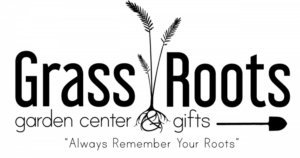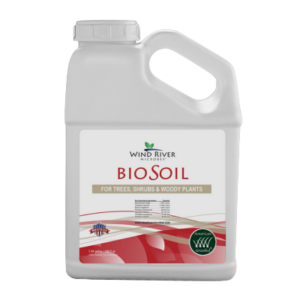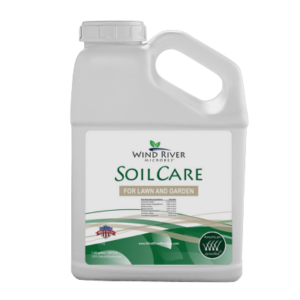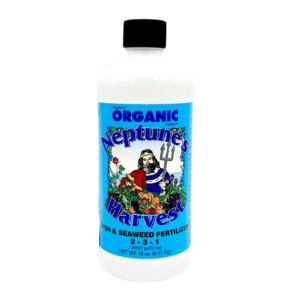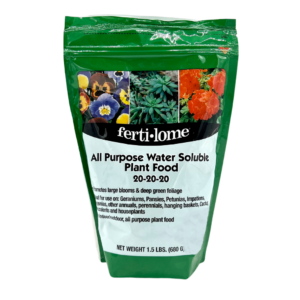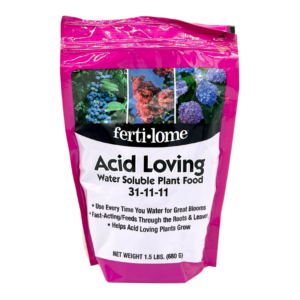Just like our bodies, plants need supplemental nutrients. Below are some benefits of feeding plants:
- Promote vigorous growth
- Help the plant survive or recover in times of stress
- Promote stronger branches, flowers and roots
- Fight against insects and pathogens (fungus)
- Promote a healthy, full, and lustrous canopy
Types of Fertilizers
There are many types of fertilizer on the market. Deciding on which to use can be challenging. Knowing what kind of plants you want to feed will help the decision process. Most plants will perform well with an all-purpose fertilizer, such as a 12-12-12 or 20-20-20 analysis.
- Conventional Fertilizer. This is a type of fertilizer that is manufactured using natural resources. Nitrogen is derived from the air and mixed with hydrogen from natural gas. Phosphorus and Potassium are derived from minerals of the earth and undergo a chemical process to form them into a ready-to-use fertilizer. These are the most efficient types since not much product is needed to achieve the desired nutrient level. They are also inexpensive overall compared to other types of fertilizers.
- Organic Fertilizer. These are fertilizers that come from partially decomposed animal manure or plant material. They are a great natural way to feed plants. Sometimes these fertilizers are more expensive since they require more and are not as accessible to most customers. However, most customers may start a compost pile where home organic waste can be composted into a usable form. Compost consists of tree leaves, grass clippings, straw, wood chips, vegetable scraps, and fruit waste.
- Liquid or Granular. Fertilizer will come in two forms, either liquid or granular.
- Liquid: This product will come in a premixed form where it can be used directly from the bottle, or as a powder that you mix with water and then apply. It may also be applied as a foliar feed where the solution is sprayed directly onto the plant’s leaves. Plants have the amazing ability to uptake nutrients via their leaves. The solution may be poured directly onto the ground around the base of the plant or root zone. One major benefit in using a liquid fertilizer is that the plant uptakes the nutrients quickly. Caution: using a liquid product can burn plants quickly if the mixing or application instructions are not followed exactly.
- Granular. This is the most used form of fertilizer. It will be broadcasted evenly around the base of the plant or root zone prior to watering. The nutrients are released into the soil every time it is watered. This lessens the chance of burning the plants. However, do not allow the fertilizer to make direct contact with the plant.
We like to use a 11-15-11 granular fertilizer. This fertilizer is not nitrogen heavy and provides an essential amount of phosphorus (aids in a strong root system) and potassium (regulates movement of water, nutrients, and carbohydrates). Because it is not heavy in nitrogen there is less chance of burning the plant; plus, it is designed to be applied multiple times throughout the growing season. With that said, there are fertilizers that are made specifically for certain classes of plants: Roses, Azalea/Rhododendron, Evergreens, Vegetables, Flowering, Acid-loving, etc. Each of these products will have guidelines on their packaging on how much to apply.
Probiotics. For newly planted trees and shrubs we recommend a probiotic. This product will increase microbial action, allowing increased uptake of nutrients already in the soil. This will give the plant the best opportunity to establish itself without pushing growth too fast or burning. For established plants (older than one year), the probiotic should be applied twice a year; in fact, this treatment will reduce the amount of fertilizer needed in a given calendar year.
How Much Fertilizer. Apply the fertilizer every 3-4 weeks to annuals and perennials for optimal performance. The amount to be applied depends on the size of the plant. Most of these plants will require about 1-2 tablespoons of granular fertilizer. Trees/shrubs of 1” in diameter or more would require about ¼ cup of granular fertilizer per treatment. Fertilize trees and shrubs in spring and fall.
What is N-P-K? These are the scientific symbols of the essential macronutrients contained in the fertilizer. N=Nitrogen, P=Phosphorus, and K=Potassium. For example, the fertilizer we use most often is 11-15-11. Translation- there is 11% Nitrogen, 15% Phosphorus, and 11% Potassium-K. Each has a specific role in the overall health of plants. One fun and easy way to remember this is “Up, Down and All Around” – Up = N, Down = P, and All Around = K. Nitrogen (N) aids in healthy growth for the upper portion of the plant, such as leaves, branches and flowers/fruit; phosphorous (P) aids in the lower portion, such as roots and vascular systems; and potassium (K) aids in movement of water and nutrients back forth in the plant.
Here at our garden center, we carry high quality fertilizers including granular, liquid and probiotics. We work with customers on choosing the right product for your specific needs. Protecting your investment is our goal.
